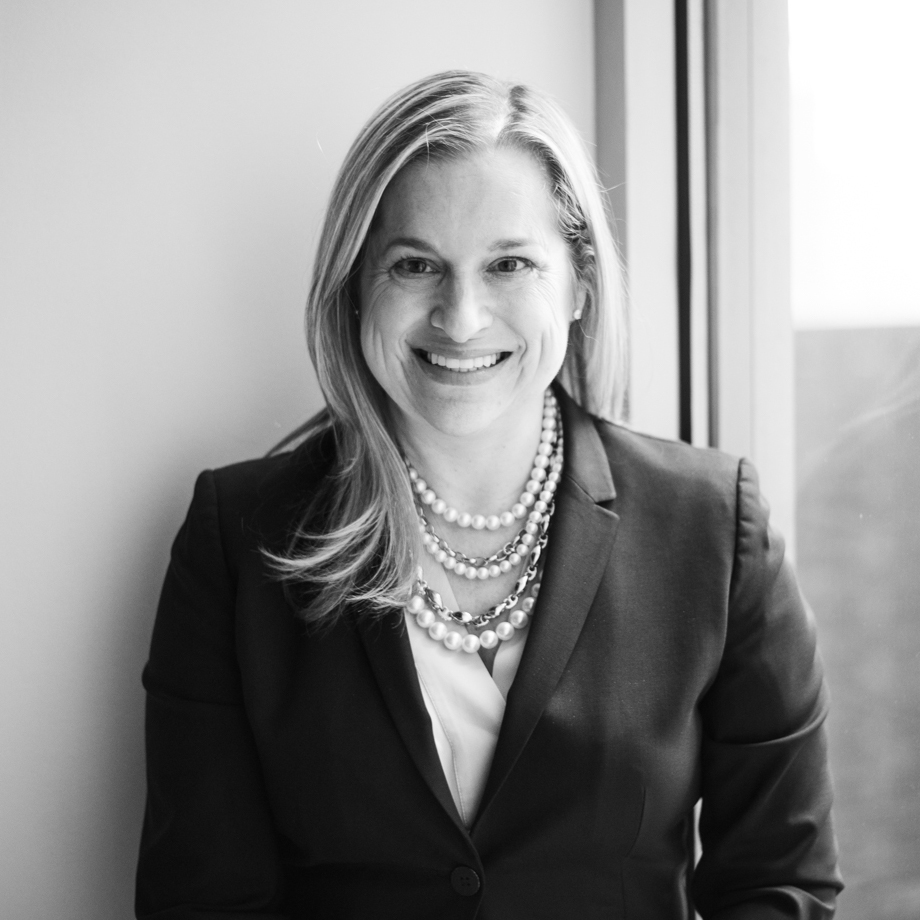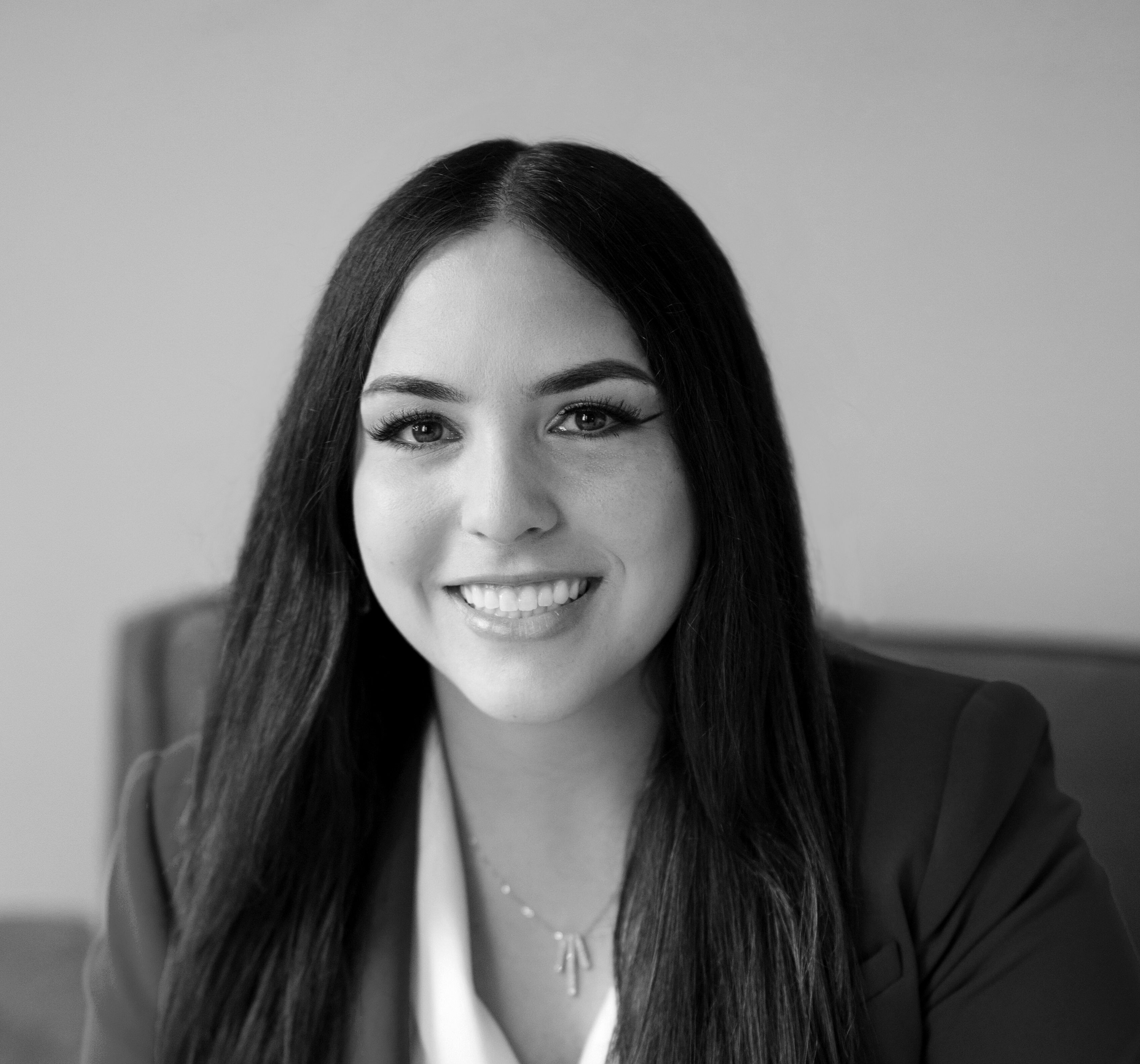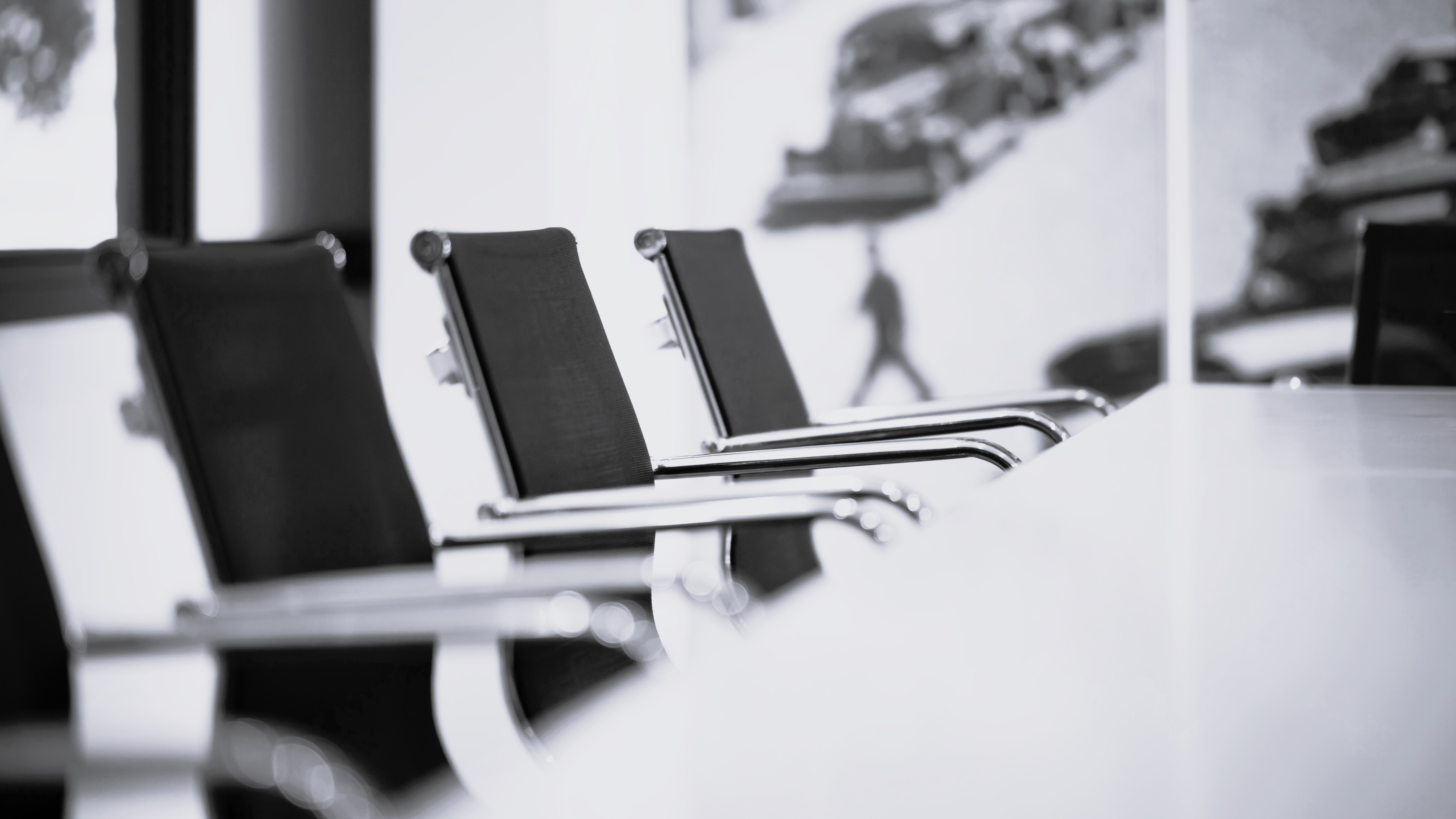New York Department of Labor Issues Additional Guidance on the COVID-19 Sick Leave Law, Imposing New Obligations on Employers
After more than ten (10) months since going into effect, on January 20, 2021, the New York Department of Labor (“NYDOL”) issued new guidance (the “Guidance”) regarding the New York COVID-19 Sick Leave Law (the “Law”). As we initially reported, depending upon employer size and net income, the Law requires New York employers to provide job-protected sick leave (otherwise known as quarantine leave) to employees who are subject to a mandatory or precautionary order of quarantine or isolation due to COVID-19.
Based upon the statutory language of the Law and prior guidance, the Law was previously interpreted to impose a maximum benefit of either five (5) or fourteen (14) days of paid leave, or only unpaid job-protected leave, depending on the size and net income of the employer. According to the Guidance, however, employees are now entitled to additional leave under the following circumstances:
- An employee who returned to work following a period of quarantine or isolation, and who subsequently tests positive for COVID-19, is automatically deemed subject to an additional mandatory order of isolation and entitled to sick leave under the Law for a second period of isolation.
- An employee who continues to test positive for COVID-19 after completing an initial period of quarantine or isolation (and who has not yet returned to work) is automatically deemed subject to an additional mandatory order of isolation and entitled to sick leave under the Law for a second period of isolation.
With respect to either scenario above, even though an employee may have used the maximum amount of sick leave during the first period of quarantine or isolation (which, as noted above, is dependent upon employer size and net income), the employee is entitled to an additional period of sick leave under the Law. According to the Guidance, an employee cannot qualify for sick leave under the Law for more than three (3) orders of quarantine or isolation. To be eligible for the second and third orders, an employee must have tested positive for COVID-19 in connection with either of the circumstances above. Further, an employee must provide proof of the subsequent positive COVID-19 test result from a licensed medical provider or testing facility attesting to the positive test to receive such additional benefits.
The Guidance makes it clear that employers do not need to enact policies requiring employees to undergo COVID-19 testing before being permitted to return to work after taking leave under the Law (except for nursing home staff).
Significantly, the Guidance also provides that if an employer “mandates” an employee who is not otherwise subject to a mandatory or precautionary order of quarantine or isolation “to remain out of work due to exposure or potential exposure to COVID-19,” then the employer is required “to pay the employee at the employee’s regular rate of pay” until: (1) the employee becomes subject to a quarantine or isolation order (at which point the employee would receive sick leave under the Law) or (2) the employee is permitted to return to work.
Notably, the Guidance does not apply to employees in the healthcare industry, who are subject to similar guidance issued by the NYDOL in June 2020. The Guidance confirms that employees are entitled to job protection upon their return from leave.
It is important to note that the Guidance may be subject to legal challenge. Specifically, the NYDOL has arguably exceeded its power by seemingly imposing new obligations upon New York employers that were not explicitly authorized by the Law itself.
Overall, New York employers should consult with counsel regarding the Guidance and stay up-to-date with the rapidly changing legal landscape enacted in response to the COVID-19 pandemic.
As the law continues to evolve on these matters, please note that this article is current as of date and time of publication and may not reflect subsequent developments. The content and interpretation of the issues addressed herein is subject to change. Cole Schotz P.C. disclaims any and all liability with respect to actions taken or not taken based on any or all of the contents of this publication to the fullest extent permitted by law. This is for general informational purposes and does not constitute legal advice or create an attorney-client relationship. Do not act or refrain from acting upon the information contained in this publication without obtaining legal, financial and tax advice. For further information, please do not hesitate to reach out to your firm contact or to any of the attorneys listed in this publication.
No aspect of this advertisement has been approved by the highest court in any state.
Results may vary depending on your particular facts and legal circumstances.
As the law continues to evolve on these matters, please note that this article is current as of date and time of publication and may not reflect subsequent developments. The content and interpretation of the issues addressed herein is subject to change. Cole Schotz P.C. disclaims any and all liability with respect to actions taken or not taken based on any or all of the contents of this publication to the fullest extent permitted by law. This is for general informational purposes and does not constitute legal advice or create an attorney-client relationship. Do not act or refrain from acting upon the information contained in this publication without obtaining legal, financial and tax advice. For further information, please do not hesitate to reach out to your firm contact or to any of the attorneys listed in this publication.
Join Our Mailing List
Stay up to date with the latest insights, events, and more







